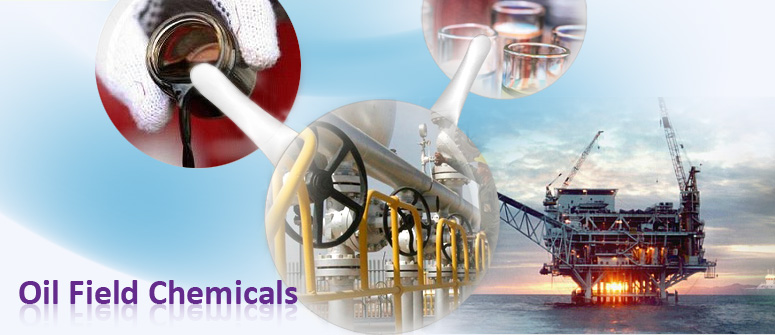 Menu
Menu
Demulsification of Crude Oil - A Brief Review on Different Methods
The de-emulsification process is a highly-efficient way of producing petroleum products. This process can be accomplished with a variety of different techniques. Here is a brief review of each method: chemical method, electrical technique, sedimentation, and creaming. Let us see what these methods have to offer. Let us discuss each method to understand its key advantages and disadvantages. Listed below are the main aspects that affect the de-emulsification process.
Chemical Method for Demulsification of Crude Oil
A chemical method for demulsifying crude oil is a process for separating water from oil molecules and coalescing these droplets. It involves three distinct phases: flocculation, coalescence, and solids wetting. The chemical method for the demulsification of crude oil should be carried out with the correct concentration of the emulsifier and with adequate mixing and agitation. In addition, the process should be carried out for a sufficient period of time to settle any impurities.
Electrical Technique for Demulsification of Crude Oil
An electrical technique for the demulsification of crude oil uses a high-voltage electric field to break up emulsions. This method works by creating an electric field that causes water droplets to move rapidly toward the electrodes, where they collide with other droplets. As the voltage rises, the droplets are elongated along the lines of force, weakening the rigid film. The electrical treatment process uses an electrostatic treater that contains two electrodes. The electrodes are placed at a perpendicular angle and produce a high-voltage alternating current.

Demulsification of Crude Oil with Sedimentation
Flocculants are chemicals that help coalescence by aggregating water droplets. A detailed process for selecting demulsifier chemicals consists of identifying the crude oil, water content, inorganic solids, salts, and contaminants, and evaluating operational data such as production rates, treating-vessel capabilities, chemical dosage equipment, and sampling locations. If these parameters are met, the demulsification process should result in a highly refined product.
Creaming for Demulsification of Crude Oil
The process of demulsifying crude oil emulsions can be achieved through a variety of approaches. These methods can include chemical, biological, mechanical, thermal, ultrasonic, or membrane technologies. However, the use of chemicals can increase the costs of production. It is important to understand the mechanisms that govern the stability of crude oil emulsions before selecting a demulsifier.
The Bottom Line
In order to better understand the mechanisms of crude oil demulsification, further research is needed to determine how much temperature is required for emulsification. And, those study results could be used to design green demulsifiers. All the above methods give us a brief overview of the Demulsification of Crude Oil takes place.
